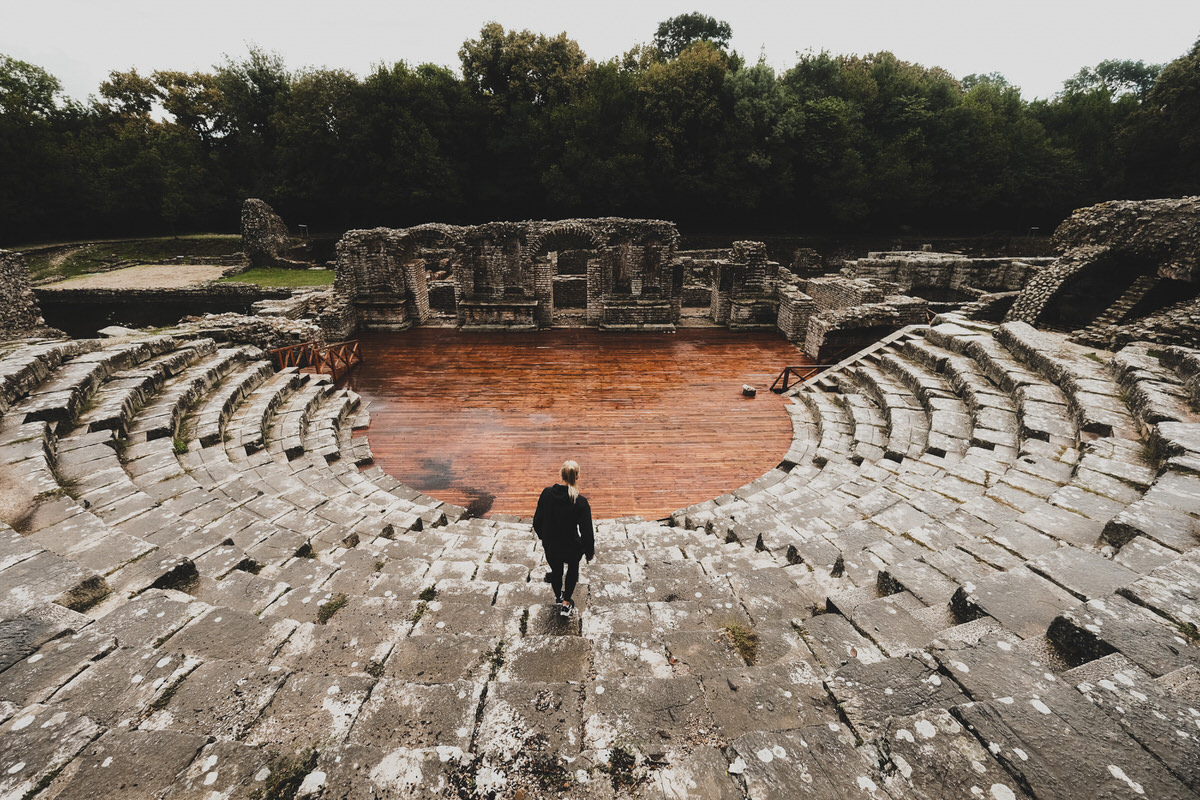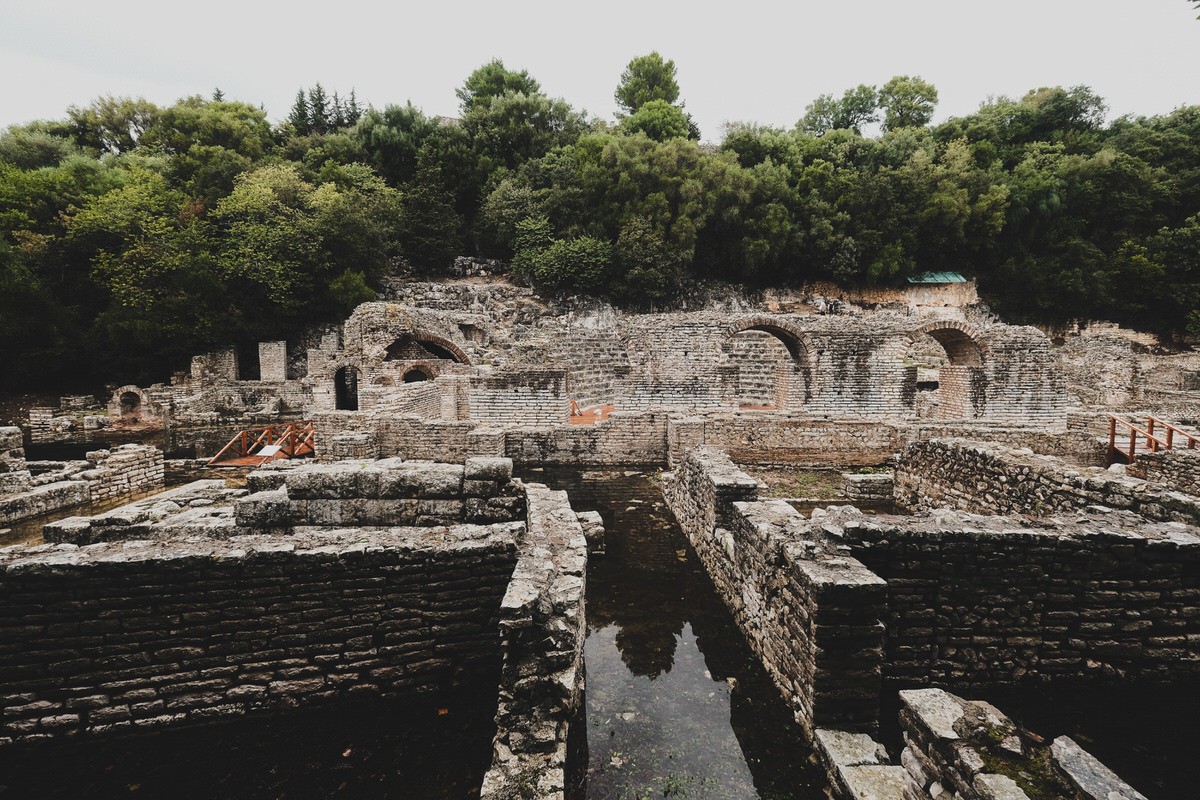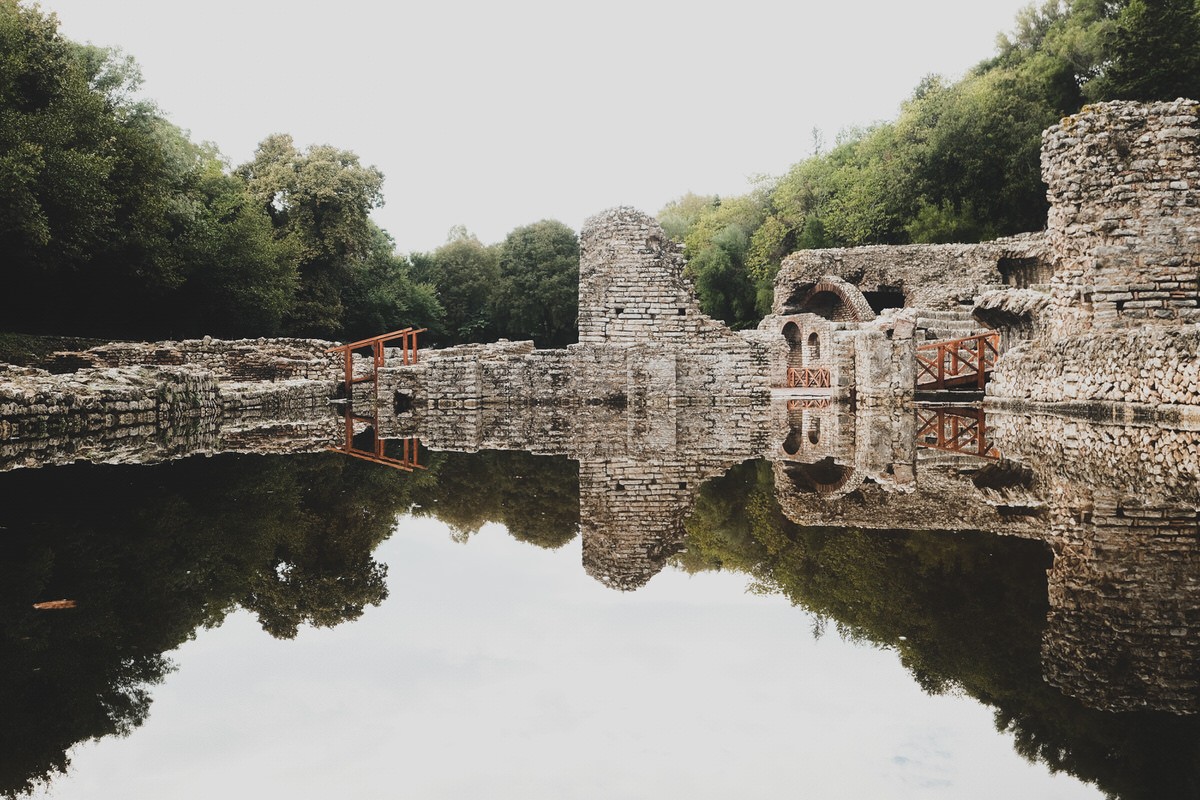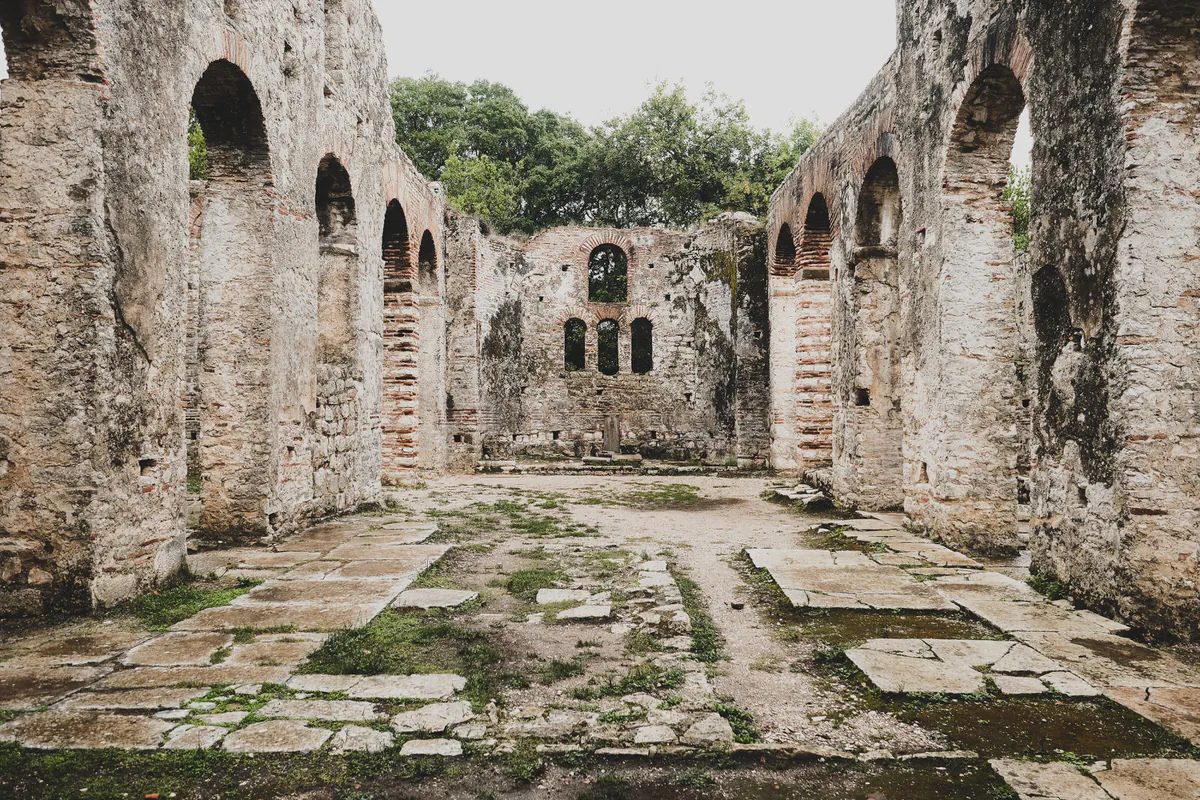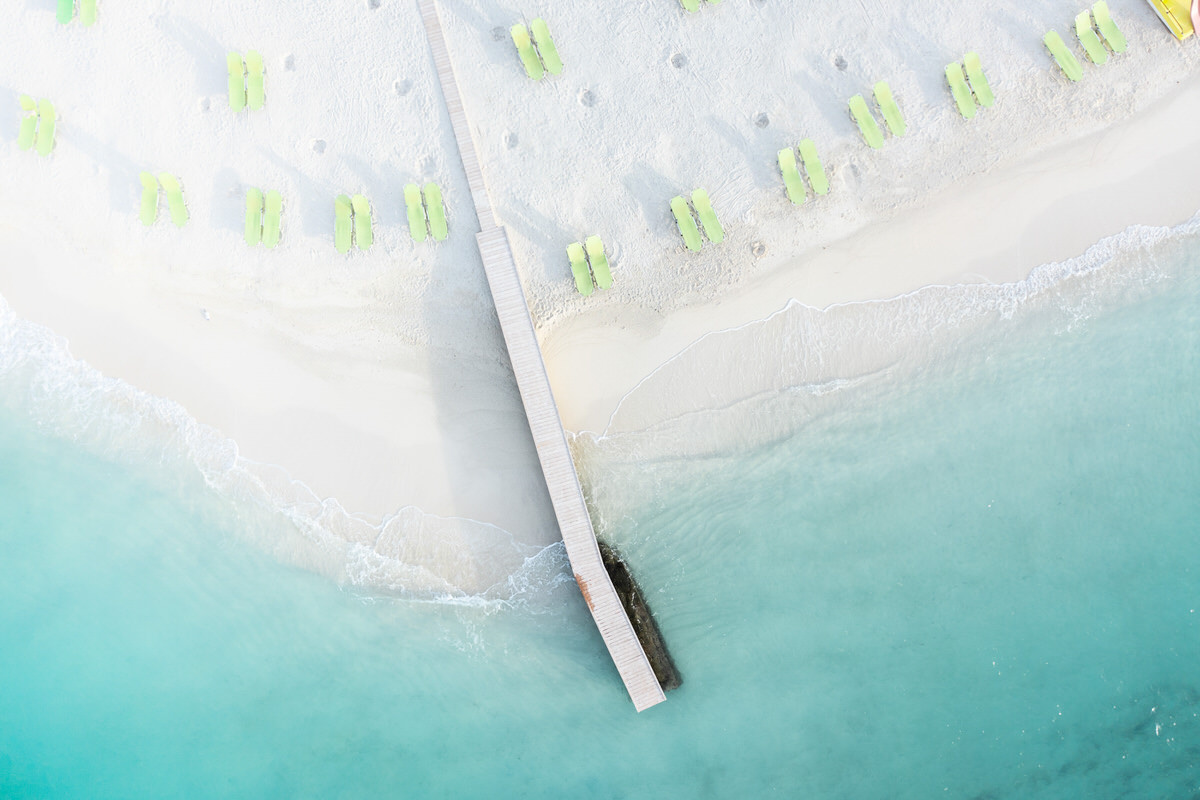Full Guide To Exploring Butrint National Park: Albania’s Ancient Hidden Gem
Full Guide To Exploring Butrint National Park: Albania’s Ancient Hidden Gem
Butrint is a unique archaeological site because it encapsulates the layering of civilizations. Over the centuries, it has been influenced by Greek, Roman, Byzantine, Venetian, and Ottoman cultures. This blend of historical periods is evident in the diverse ruins that dot the site, making it a compelling destination for history buffs and casual tourists alike. Its setting within a lush national park adds to the allure, providing a serene backdrop to the ancient ruins.
A Brief History of Butrint
The Butrint ruins are an incredibly well-preserved Greek settlement and UNESCO World Heritage site. The site spans several epochs, from the Bronze Age through to the Ottoman period. Founded by the Greeks in the 8th century BC, Butrint was originally a settlement due to its strategic location on the Vivari Channel, which links Lake Butrint to the Ionian Sea. This position made it an important hub and port for trade and military activities.
The Original Purpose of Butrint
Originally, Butrint served as a Greek colony, primarily for trading purposes. Its location allowed for control over maritime routes and offered protection against invasions. As it grew in significance, Butrint developed into a fortified city-state, boasting impressive structures like theaters, temples, and public baths. During the Roman era, it flourished as a colony, further expanding its infrastructure with aqueducts, forums, and villas.
Rediscovery of Butrint
Butrint fell into decline during the Middle Ages and was eventually abandoned. It wasn’t until the early 19th century that European explorers began to rediscover its significance. The first major excavations were carried out in the 1920s by Italian archaeologists, who unearthed many of the site’s key structures. Subsequent excavations and restorations have continued, revealing more about its storied past.
Visiting Butrint: Admission and Access
Admission Price: The entrance fee to Butrint National Park is 1000 LEK. The park is open from 8 am until sunset, and the museum is open from 9 am until 4 pm.
Ksamil To Butrint By Bus: Local buses run frequently between Saranda and Butrint, with stops in Ksamil. The fare from Ksamil to Butrint is usually around 100 LEK and takes about 15 minutes.
Main Things to See Inside Butrint
It would take hours to properly explore everything at Butrint, but you can visit the most impressive sites within 1.5 hours. While they are impressive on their own, it is so much better with a guide who can give the history the place. Stories will give context to the things you’re seeing so they aren’t just old ruins.
The Roman Theater
One of the highlights of Butrint is its ancient theater, which dates back to the 3rd century BC. Built into the side of a hill, the theater could accommodate around 2,500 spectators. It was used for various performances and public meetings. The structure is remarkably well-preserved, and visitors can still see the original seating tiers and the stage area.
The Roman Forum
The forum was the center of public life in Roman Butrint. Here, you’ll find the remains of administrative buildings and temples. The area is an excellent spot to understand the layout of the city and its significance during the Roman period.
The Roman Bath
The Roman Bath in Butrint is characterized by its well-preserved layout and impressive masonry. Visitors can observe the remains of the heating system known as the hypocaust, which was used to heat the floors and walls of the baths. This system involved a network of underground channels and stacks of tiles that allowed hot air to circulate, creating a warm and comfortable environment for bathers.
The bath complex also includes remnants of the changing rooms (apodyterium) and exercise areas (palaestra). The layout and design of the baths illustrate the Romans’ meticulous attention to detail and their commitment to hygiene and leisure.
The Baptistery
The baptistery is one of the most impressive structures in Butrint, known for its large circular mosaic floor, which dates back to the 6th century AD. The mosaics feature intricate designs of animals and plants, representing early Christian iconography. While the mosaics are often covered for preservation, they are sometimes revealed for visitors to admire.
The Venetian Castle
Perched on top of a hill overlooking the site, the Venetian castle was built in the 16th century. It offers panoramic views of the surrounding landscape, including Lake Butrint and the Vivari Channel. The castle now houses a small museum displaying artifacts from the site’s various archaeological periods.
The Great Basilica
This large basilica was constructed in the 6th century AD and served as the main place of worship in Butrint. Its grand size and the remnants of its columns and arches give visitors a sense of the building’s former grandeur.
The Lion Gate
The Lion Gate is one of the original entrances to the city, dating back to the 4th century BC. It is named after the carved relief of a lion attacking a bull, symbolizing strength and power. The gate is an iconic part of Butrint and provides a dramatic entry point into the ancient city.
The Acropolis
Situated on the highest point of the site, the acropolis was the original fortified settlement. From here, visitors can enjoy stunning views of the entire archaeological park and the surrounding natural beauty. The acropolis also contains the remains of a Byzantine church.
Updated on September 12, 2025






